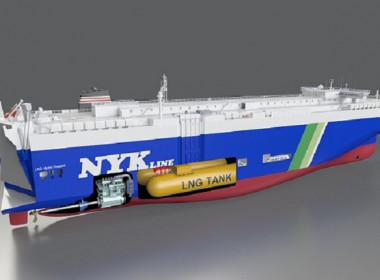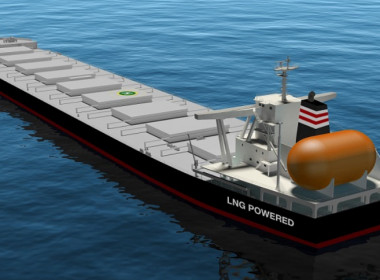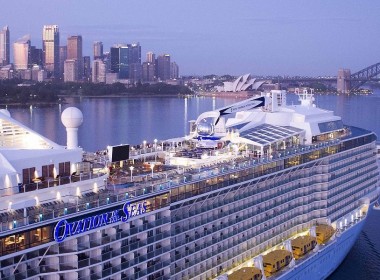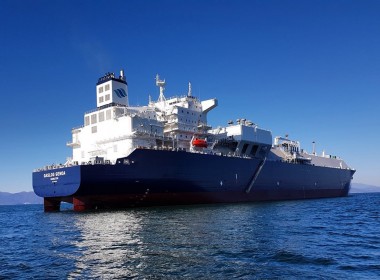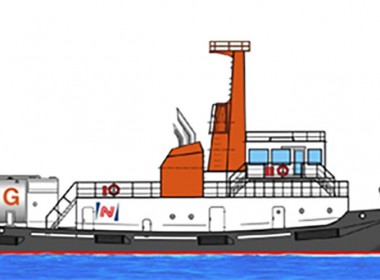LNG-fueled ships approaching 30 per cent of global newbuilding orders

Industry coalition SEA-LNG said that, according to the latest report from Clarksons, LNG-fueled vessel orders are approaching 30 per cent of gross tonnage on order, representing a substantial part of shipping’s overall capacity when these vessels are delivered.
SEA-LNG expects that the significant growth in the number of orders for LNG dual-fuel vessel newbuildings in 2021 will continue in 2022. This is due to the fact that LNG-fueled vessels are one of the only options today that meet the reduced emissions required of environmental finance.
The coalition anticipates that over 90 per cent of the new pure car and truck carriers (PCTC) that will enter the market in the coming years will be LNG dual-fuel powered. Likewise, containership owners and operators are moving to LNG-fueled tonnage, with orders for LNG-fueled liners increasing five-fold since January 2020.
Tankers and bulk carriers are also following suit, with increases of seven-fold and two-fold, respectively, over the same 18-month period.
“The deep-sea shipping industry understands that while LNG may not be the end game, it is the best starting point to get to net zero,” said SEA-LNG Chairman Peter Keller. “The acceleration in uptake of newbuilds fueled by LNG demonstrates confidence in this pathway through its bio and synthetic cousins.
“The advantage of LNG is that both bio-LNG and synthetic LNG are ‘drop-in’ fuels. There are no compatibility issues, and any ratio combination of bio-LNG, synthetic and ‘conventional’ LNG can therefore be used to fuel a large proportion of the deep-sea merchant fleet. It has the potential to scale incrementally in line with the growing availability of biomass and renewable energy, while delivering significant GHG reductions, starting now.”


